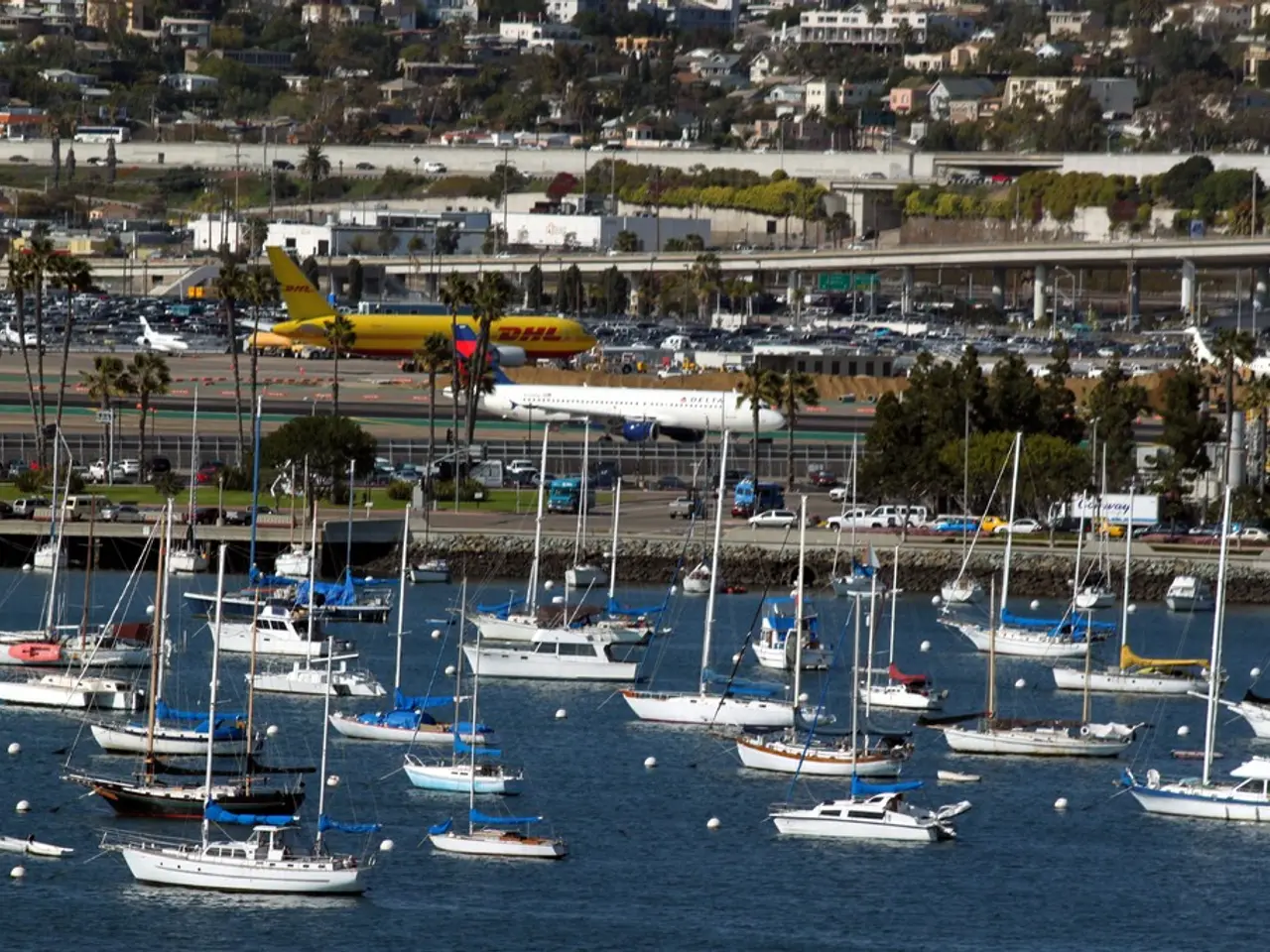High-tech Protection at Sea - Legal Rules Required - Baltic Sea's Undersea Cables Under Threat: Autonomous Vessel Regulation Urged
The Baltic Sea's increasing number of damaged undersea cables underscores the urgent need for effective maritime protection. Currently, there's no legal framework for autonomous vessel deployment, hindering critical infrastructure safeguarding. However, technological advancements and security threats are pushing for swift regulation.
Expert Sascha Krohmann, head of the Digital Ocean Lab in Rostock, confirms that technologically, maritime protection is feasible. Autonomous systems and AI-trained vessels could provide more protection than current methods. Efforts are underway to create test zones, with Rostock leading the way. The University of Rostock, HTW Rostock, local economic development, the state of Mecklenburg-Vorpommern, and private companies are collaborating to establish these zones. The forthcoming Critical Infrastructure Protection Act (KRITIS) will clarify responsibilities and define infrastructure safeguarding, including precise legal definitions for monitoring. Rostock is becoming a hub for testing, training, and maintenance, attracting startups and defense industry companies.
While the Baltic Sea faces growing threats, the lack of legal framework for autonomous vessel deployment hinders effective protection. However, with the Digital Ocean Lab in Rostock leading technological advancements and the upcoming KRITIS Act clarifying responsibilities, the future of maritime protection looks promising.





